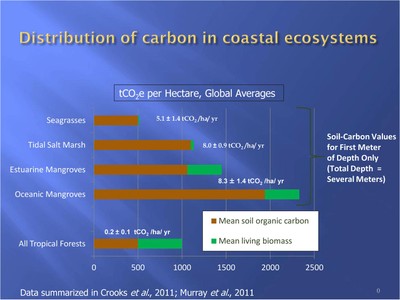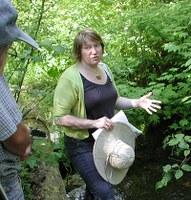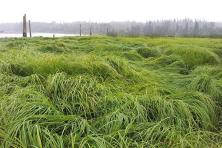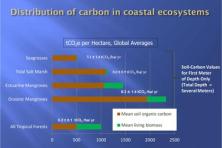Tidal wetlands provide great potential to sequester and store greenhouse gases. Restore Americas Estuaries and EarthCorps, with funding from NOAA’s Office of Habitat Conservation and support from Western Washington University, are investigating the carbon sequestration value of tidal wetlands.
The goal of EarthCorps’ effort is to assist locally with Restore America’s Estuaries national effort to develop new market- and policy-based incentives that leverage carbon offsets to fund the conservation and restoration of coastal wetlands. We are losing these wetlands at an unsustainable rate of up to 3% globally per year.
Most carbon offset science and projects have focused on forestry or agriculture; however, research suggests that coastal wetlands sequester carbon at rates 3-5 times greater than temperate forests. Coastal wetlands represent significant stores of soil carbon, accumulated over centuries and millennia. In addition, some tidal marshes have the potential to reduce emissions of other greenhouse gases, such as methane.
In October 2012, Verified Carbon Standard approved the initiative to create a project category for measuring and crediting climate benefits from a broad range of wetlands, including freshwater tidal coastal wetlands, salt marshes, seagrasses, floodplains, and other wetland types. VCS is the leader in the voluntary carbon market with a 58 percent global and U.S. market share.
EarthCorps’ Coastal Blue Carbon project in the Snohomish River delta and estuary is the first in a nationwide effort to develop protocols for greenhouse gas sequestration through tidal wetland habitat restoration. This area is ideal because it contains a full spectrum of wetland types in one watershed. It also has a suite of shovel-ready restoration projects. This project will deliver site-specific, field-verified carbon values. Field data will contribute to the growing body of literature on wetland carbon pools.
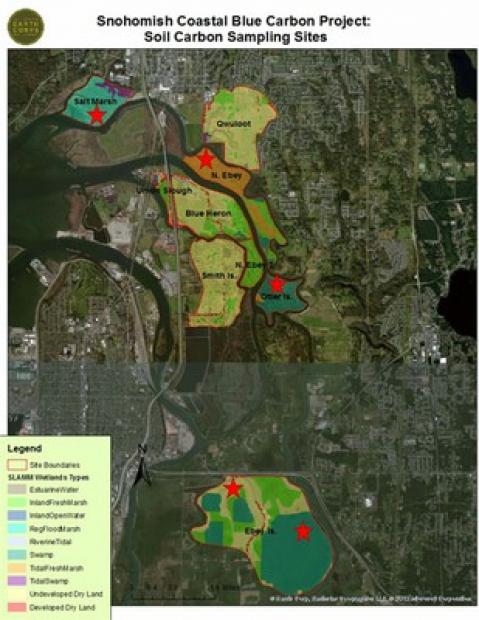
Starting this spring, EarthCorps staff and local university students will take core samples from Snohomish wetland soils. Research scientists and students from Western Washington University will analyze the samples, collecting soil bulk density and organic carbon concentration. In order to estimate rates of carbon storage we will quantify long-term (100 years) rates of accretion at “carbon equilibrium” to provide a baseline of how much carbon is stored in the soil and the historic rate of carbon storage. This data will be used to extrapolate how much carbon can be sequestered and stored through wetland restoration.
The ultimate goal is to implement wetland restoration projects that provide substantial carbon and other greenhouse gas storage. This may require new restoration techniques. For example, we may need to breach dikes more gradually so as not to drown existing vegetation. Currently, we look to wetlands to provide an array of ecosystem services, from stormwater and flood management, to habitat for salmon, birds and other wildlife, to recreational and educational opportunities for kayakers, bird-watchers and science students. Managing wetland restoration projects for carbon sequestration adds an important goal to the mixture of ecosystem services. Ideally, we will develop restoration protocols that work simultaneously toward all of these goals, accessing the full potential of our natural green infrastructure.
